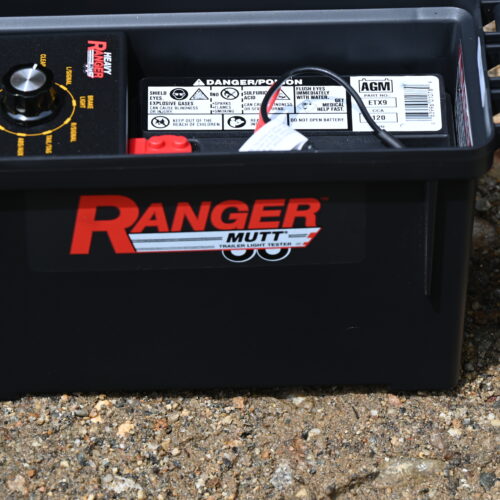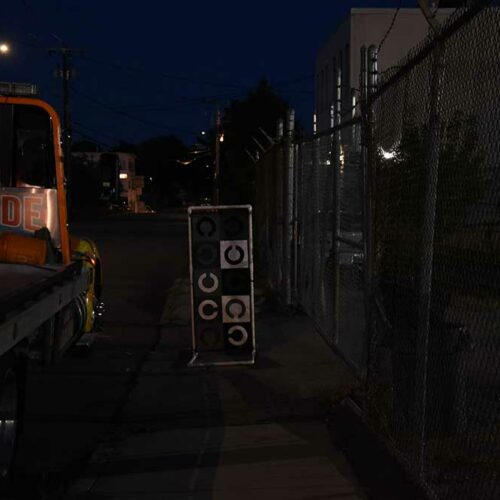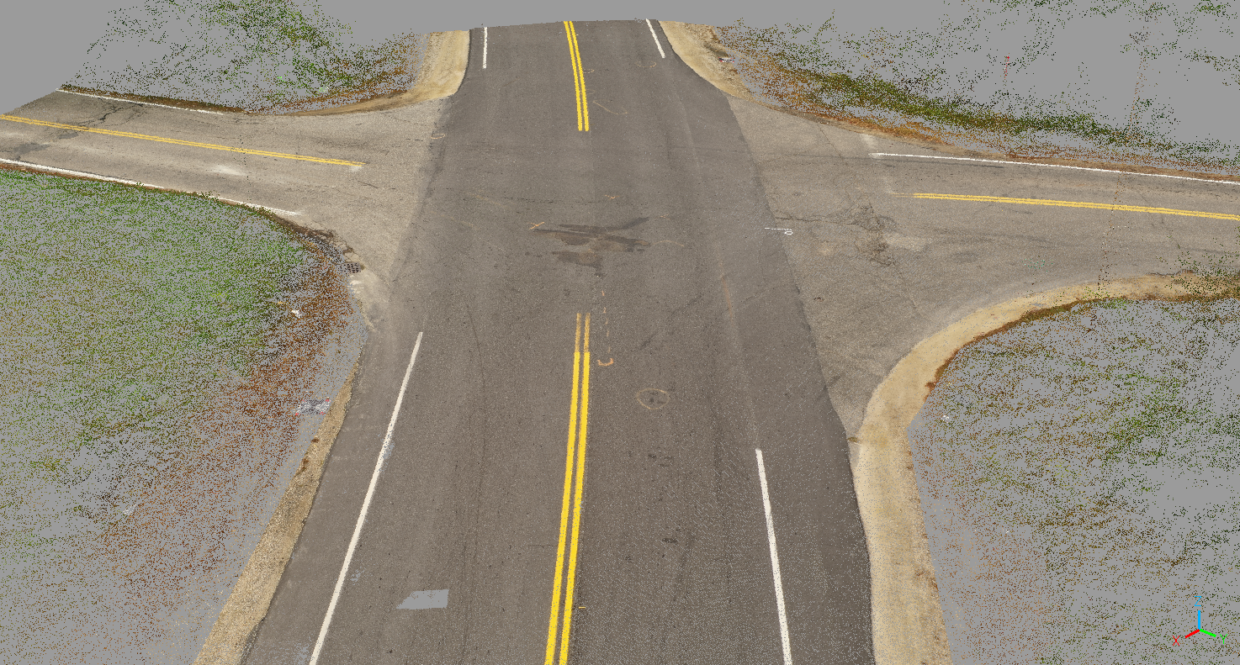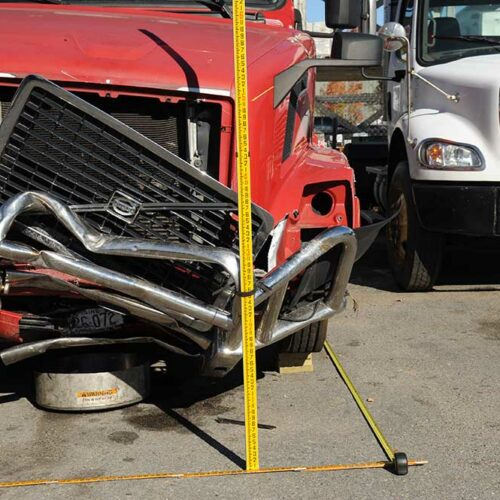Specialized Services
Quality work from dedicated professionals.
Our Services
















FORENSIC MAPPING











POINT CLOUDS












VIDEO ANALYSIS

The Accreditation Commission for Traffic Accident Reconstruction
Accreditation with ACTAR adds a new dimension to the word ‘professionalism’ in the field of Traffic Accident Reconstruction. ACTAR offers an independent credentialing examination that objectively assesses a candidate’s comprehension and application of minimum training standards of a forensic specialist in the field of motor vehicle accident investigation and reconstruction. ACTAR is committed to promoting the intellectual development of individuals, organizations and institutions involved in traffic accident investigation and reconstruction. In so doing, ACTAR encourages the integrity, consistency and professionalism of those involved in traffic accident investigation and reconstruction.
All reconstructionists at The Crash Lab are ACTAR accredited and routinely participate in continuing education and training in the field of Crash Reconstruction.
